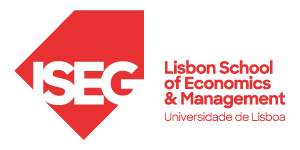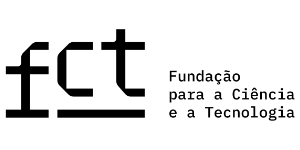Globalisation and Development Cooperation
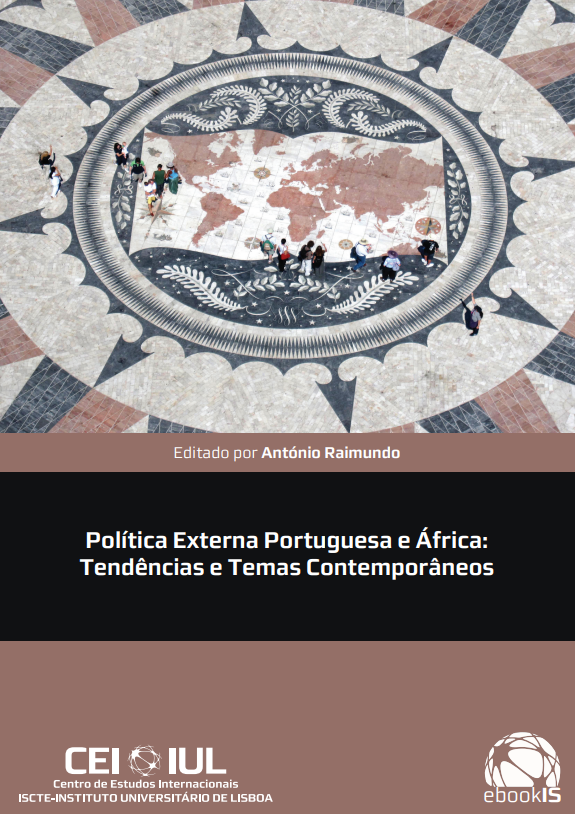
Portugal e o Bazar Africano: Mapeando trocas comerciais, fluxos de investimento e de ajuda ao desenvolvimento
Abstract:
Authored by Luís Mah, Portugal e o bazar africano: Mapeando trocas comerciais, fluxos de investimento e de ajuda ao desenvolvimento (with Rodrigo Ferreira do Amaral and Tcherno Baldé) is the fifth chapter of the e-book “Política Externa Portuguesa e África: Contextos e Tendências Contemporâneo” by A, Raimundo. In recent decades, Africa has gone from a ‘hopeless’ continent to an attractive and potential frontier market. The rapid economic changes in the region have benefited from new patterns of global engagement, involving emerging economies such as China or India. These developments have promoted increasing South-South cooperation, with several African countries seeking greater integration into the world economy. This chapter begins by analysing the current African economic context. Next, it explores how Portugal has developed its economic presence and cooperation on the continent since the mid-1970s, considering three indicators: trade, investment and development aid. Finally, the article assesses the challenges and opportunities for Portugal’s economic relations with Sub-Saharan Africa.
Quotation:
Mah, Luís (2019). Portugal e o bazar africano: Mapeando trocas comerciais, fluxos de investimento e de ajuda ao desenvolvimento (com Rodrigo Ferreira do Amaral e Tcherno Baldé) Em Política Externa Portuguesa e África: Contextos e Tendências Contemporâneo editado por António Raimundo, Lisboa: Centro de Estudos Internacionais, ISCTE-Instituto Universitário de Lisboa. ISBN 978-989-781-168-5. Cap. 5. pp. 121-139.
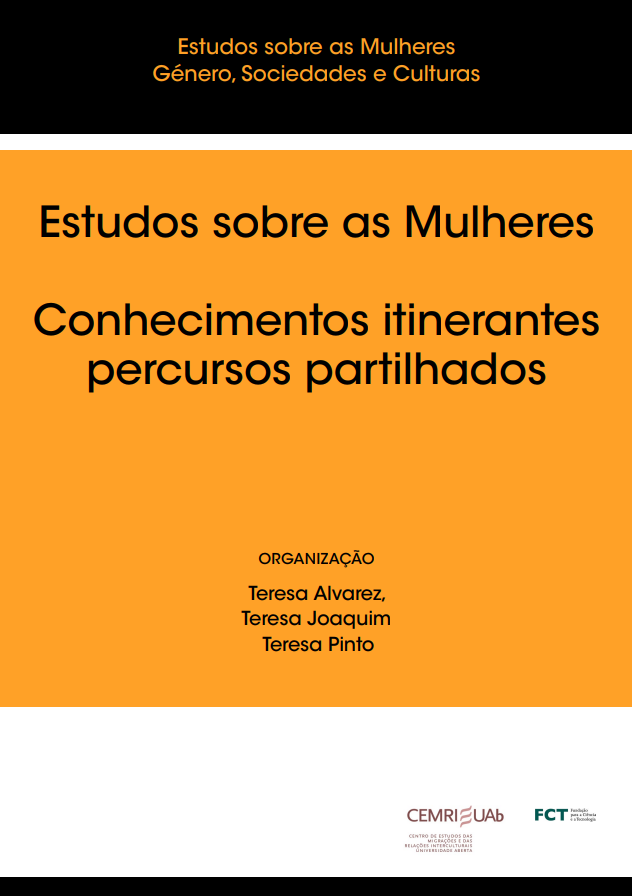
Contributo para uma leitura sobre práticas de cooperação para o desenvolvimento. O Projeto PAIPA implementado na Guiné-Bissau.
Abstract:
Contributo para uma leitura sobre práticas de cooperação para o desenvolvimento. O Projeto PAIPA implementado na Guiné-Bissau refers to an evaluation work of the Project to Support the Intensification of Food Production (PAIPA), a development cooperation project in the field of agriculture, included under the scope of Portuguese cooperation with Guinea-Bissau. The main objective was to construct an Evaluation focused on the intervention methodology designed for the implementation of the project, analysing the pathways, actions and resources mobilized to achieve the central objective of promoting the transition from traditional family-based agriculture in Guinea-Bissau to cash crop agriculture. The project documentation was analysed, interviews were conducted in Portugal and Guinea-Bissau with technicians and cooperation agents, local informants and PAIPA beneficiaries in the regions where the intervention took place. PAIPA was considered a successful project because it is based on respect for local specificities and is committed to the involvement of the target populations.
Quotation:
Frias, Sónia, (2019), “Contributo para uma leitura sobre práticas de cooperação para o desenvolvimento. O Projeto PAIPA implementado na Guiné-Bissau” in Alvarez, Teresa, Teresa Joaquim e Teresa Pinto (org.) Estudos sobre as Mulheres – conhecimentos itinerantes, percursos partilhados, Estudos sobre as Mulheres 1. Lisboa. CEMRI/UAberta. ISBN 978-972-674-863-2.
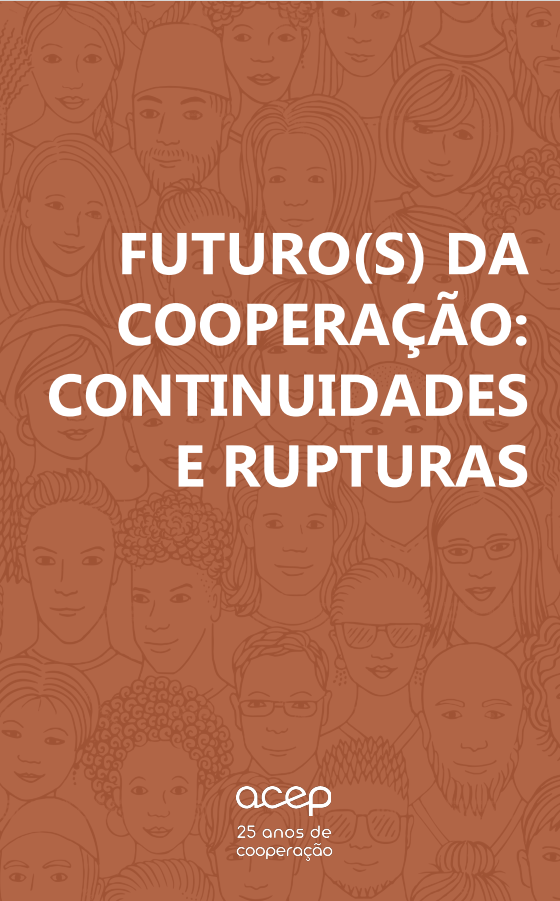
Futuro(s) da Cooperação: Continuidades e rupturas
Abstract:
At a time when a new strategy for Portuguese Cooperation is being defined and profound changes are taking place at the global level, ACEP and CEsA have decided to mark their years of experience in the sector with a document that is intended as a contribution towards evaluating the path of Portuguese Cooperation policy and setting the course for possible futures. In Futuro(s) da Cooperação: Continuidades e Rupturas, in addition to our vision and questions about the policies of Portuguese and European cooperation and the role of civil society, we have also included other voices of partners and specialists, particularly from Africa, which run through the whole document and give it a more plural, multidisciplinary and multi-geographic character. This document was prepared by the ACEP team, within the framework of an advocacy and political influence project, developed in partnership with CEsA (CSG/ISEG/ULisboa), with the support of Camões – Instituto da Cooperação e da Língua. Alongside the rescue of principles and values – in speech and in practice – a serious and uncomplicated discussion must be started on power relations and the ‘delocalisation of aid’, laid bare by the pandemic crisis. This debate, already on the agenda in countries like the United Kingdom, is still absent in Portuguese Cooperation. An approach to the localisation of cooperation as a process of autonomisation implies a process logic, without a fixed time, in which non-financial resources are valued, which allows for a subjective space/time for growth and which lasts beyond this or that funding or project.
Quotation:
Oliveira, A. F., Proença, F., Cavaco, R. (2021). Futuro(s) da Cooperação: Continuidades e rupturas. Lisboa: ACEP e CEsA.

Inovação e mudança nas Organizações Não-Governamentais de Desenvolvimento (ONGD) Portuguesas
Inovação e mudança nas Organizações Não-Governamentais de Desenvolvimento (ONGD) Portuguesas by Ana Luísa Silva and Renata Assis focuses on innovation for development in the context of Portuguese NGDOs. Given the diversity of interpretations that the concept of innovation itself raises, the study began by mapping the perspectives, practices and culture of innovation of the actors under analysis. In this way, we sought to ascertain what is innovation for Portuguese NGDOs? What priority do they give to innovation? What obstacles do they face? And what reasons lead Portuguese NGDOs to wish (or not wish) to innovate?
Abstract:
This study focuses on innovation in the context of International Cooperation for Development (ICD) – innovation for development – from the perspectives of Portuguese Non-Governmental Development Organizations (NGDOs). Given the diversity of interpretations that the concept of innovation can present, any analysis on the subject must begin by identifying the perspectives and practices of the actor(s) under analysis. In this way, the analysis is guided by the questions: what does innovation mean for Portuguese NGDOs? What priority do you give to innovation? What obstacles do you face? What types of innovation do they develop and implement? What reasons lead Portuguese NGDOs to want (or not want to) innovate? As this is the first wide-ranging study on innovation in Portuguese NGDOs, we sought to map the culture, capacity, existing innovation support structures in Portuguese NGDOs and also identify obstacles/constraints to innovation in these organizations. The study was carried out through an online questionnaire survey, which received responses from 46 organizations in the period from November 9 to 26, 2021. The sample included organizations with a wide variety of organizational structures, according to the diversity of the universe of 163 Portuguese NGOs. The survey results show that innovation is very present in the agenda, strategies and priorities of the NGDOs surveyed: for the vast majority (88%) it is a “High” or “Very High” priority in the scope of their work. Respondents show broad and multifaceted perspectives in defining innovation. However, for the NGDOs that responded to the survey, innovation is mainly seen as a tool to improve processes, increase the efficiency and impact of their work. Potentially disruptive innovations capable of leading to systemic change are infrequent in the identified examples. In addition, although they consider themselves innovative, the NGDOs surveyed also identify important obstacles to innovation, namely in terms of funding and available human resources – 73% say they do not have any kind of budget available for innovation. The study ends with a set of reflections and identifies possible ways to help build a context more conducive to innovation for development, particularly in Portuguese NGDOs. It is important that innovation is seen and approached as an approach to building social and systemic change, which is why it is essential to invest in partnerships and joint work. Among the possible paths presented, the creation of a multi-actor working group dedicated to the theme, the creation of a fund to finance innovation projects for development and the commitment to training and training NGDO employees stands out.
Quotation:
Silva, Ana Luísa e Renata Assis (2022). Inovação e mudança nas Organizações Não-Governamentais de Desenvolvimento (ONGD) Portuguesas. Lisboa: CEsA – Centro de Estudos sobre África e Desenvolvimento/ISEG
Access the article here.
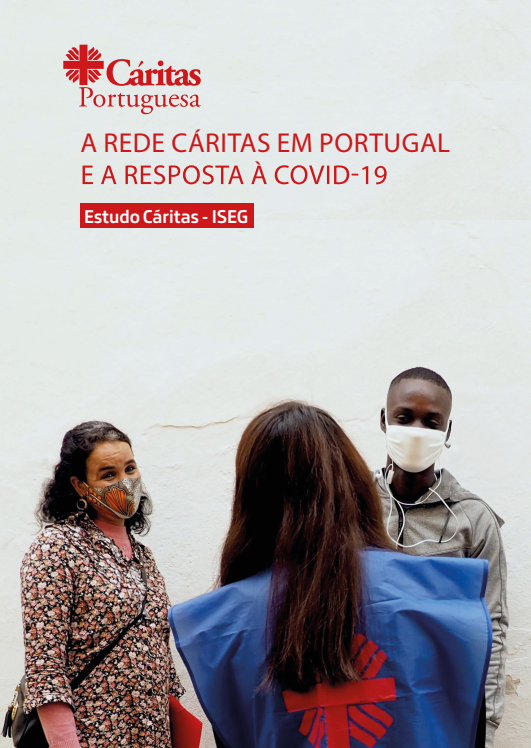
A Rede Cáritas em Portugal e a Resposta à Covid-19
Resumo:
A Rede Cáritas em Portugal e a Resposta à Covid-19 analyzes the importance of the social action of the Cáritas Network in Portugal in an unexpected and health emergency context, by documenting the organization’s response to the Covid-19 pandemic. An analysis is made of the continuity actions, but also of the innovations that emerged during the first year of the pandemic. With a presence that covers all the districts of Mainland Portugal and Islands, the Cáritas Network in Portugal developed, for the first time, a National Program of direct support to families in the form of goods and food stamps, as well as occasional and urgent financial support intended for payment of basic needs such as rent, health and electricity expenses, to a considerable number of beneficiaries (10,444 people, 3,205 families). The study shows that the Cáritas Network in Portugal was able to continue the food support activities and occasional support that it was already developing, given a greater demand from families: 60% of people who sought support from Cáritas in this period had never resorted to this kind of help.
Citação:
Pais Bernardo, Luís, Ana Luísa Silva, Renata Vieira de Assis e Luís Mah (Coord.). 2021. “A Rede Cáritas em Portugal e a Resposta à Covid-19”. Estudo Cáritas / CEsA-ISEG. Lisboa: Cáritas Portuguesa. Agosto.

Inovação para os objectivos de desenvolvimento sustentável
Inovação para os objectivos de desenvolvimento sustentável by Luís Pais Bernardo is a guide to perplexity. Innovation for Development is the subject of reports, studies and international conferences. Laboratories, centres and initiatives multiply. Innovation models, innovation at scale and the impacts of innovation are discussed. But the fundamental questions remain. What is Innovation (for Development)? What is it for? How is it done? And is it worth doing? These are the questions that the entire international development community has been asking, without pause, for a decade. This report is a guide that does not aim to discover the origin of the practices and discourses of Innovation for Development. Nor do we intend to draw up a compendium of innovations. Our ambition is somewhat more pragmatic: to provide concrete answers to immediate questions and to help build a stronger debate on development, development cooperation and innovation in development cooperation. Where necessary, we explore important questions that are reflected in innovation practice: for example, Innovation for Development is an answer to the problem of ODA effectiveness and a priority of the 2030 agenda. Why does this matter? Because it has implications for the financing, practice, impact, scale and evaluation of development cooperation.
Abstract:
What is Innovation for Development? What is it for? How is it done? And how does it differ from innovation in other sectors? This report is an answer to those questions. Between 2015 and 2030, the Sustainable Development Goals are the great global challenge. Innovation for Development emerged in response to a complex debate on aid effectiveness. Today, the questions are different: how can we innovate to achieve the SDGs? In this report, we focus on clarifying basic terms: innovation, scale and impact. We discussed the need to structure Innovation for Development around five components: learning, creating, organizing, leading and collaborating.
Quotation:
Bernardo, Luís Pais (2020). Inovação para os objectivos de desenvolvimento sustentável. Lisboa: CEsA – Centro de Estudos sobre África e Desenvolvimento/ISEG. URL: https://www.repository.utl.pt/handle/10400.5/20052
Access the article here.

Sector privado, inovação e ODS
In Sector privado, inovação e ODS, Luís Pais Bernardo explores the reasons why companies can and should adopt business models aligned with the SDGs, in partnership with international cooperation actors. Partnerships are key to this transformation; today, business economic activity tends to move along global value chains in which the intervention of international cooperation for development, around the 2030 Agenda, will have an increased impact. In this context, the inclusive and responsible management of the procurement of services and products on a global scale by companies becomes increasingly important. Partnerships, global value chains and procurement of goods and services are the three areas explored in this report.
Abstract:
The central role of the private sector in international development cooperation is one of the innovations of the 2030 Agenda. In 2014, UNCTAD estimated the annual funding gap for the Sustainable Development Goals (SDGs) at US$2.5 billion. Following the Busan summit and the conclusions of the Millennium Development Goals (MDGs), the capabilities, resources and skills of the private sector are no longer viewed with suspicion, but are seen as central to achieving the 17 SDGs. Innovation, as a pillar of the private sector in the 20th century XXI, is the new paradigm. In this report, we explore the reasons why companies can and should adopt business models aligned with the SDGs, in partnership with international cooperation actors. Partnerships are key to this transformation; today, business economic activity tends to move along global value chains in which the intervention of international cooperation for development, around the 2030 Agenda, will have an increased impact. In this context, the inclusive and responsible management of the acquisition of services and products on a global scale by companies, assumes an increasing importance. Partnerships, global value chains and procurement of goods and services are the three areas explored in this report.
Quotation:
Bernardo, Luís Pais (2020). Sector privado, inovação e ODS. Lisboa: CEsA – Centro de Estudos sobre África e Desenvolvimento/ISEG. URL: https://www.repository.utl.pt/handle/10400.5/20053
Access the article here.
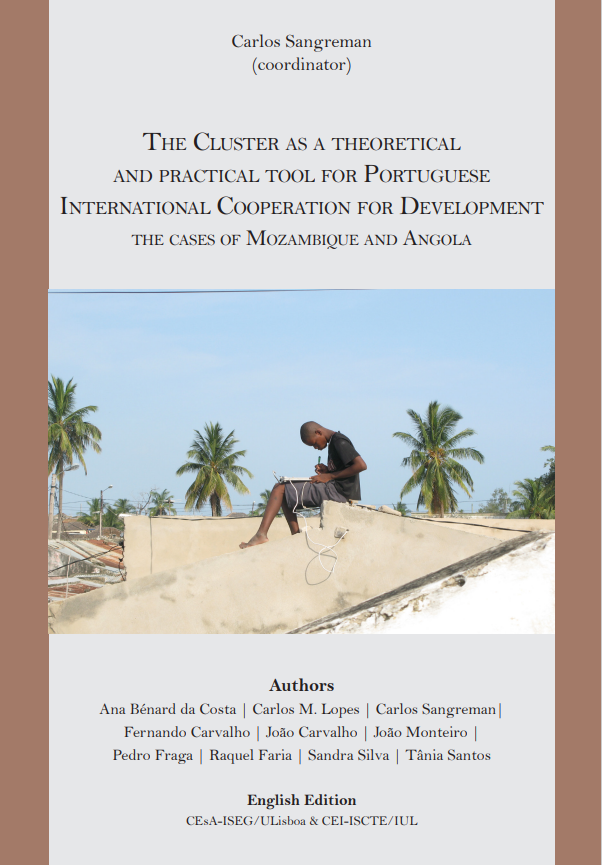
The Cluster as a Theoretical and Practical Tool for Portuguese International Cooperation for Development: The cases of Mozambique and Angola
Abstract:
The Cluster as a theoretical and practical tool for Portuguese International Cooperation for Development: the cases of Mozambique and Angola seeks to provide a contribution towards knowledge of the theory and practical effects of the new instrument in the hands of Portu¬guese cooperation for development – clusters in cooperation – both in re¬gard to the countries receiving international aid and in terms of the effect that its creation and implementation may have, through what we can call the “boomerang effect”, on the reform of public and private cooperation institutions in Portugal, above all at the Instituto de Apoio ao Desenvol¬vimento (the Development Support Institute – IPAD). As for the theoretical side, we maintain that it is only the connection of this concept to benchmarking, as it is taken to mean in the reform of public administration currently underway, that will turn it into a real poli¬cy measure, as opposed to virtual measures that are announced and never put into practice. Then it can provide an innovative contribution to the re¬form of public institutions and the non state actors who make up the field for Portuguese cooperation, which operates within the current framework of international consensus about the area, and the public administration reform policy of the current government. In terms of practical operations, we maintain that that this should be achieved by a flexible model that is perfectly feasible and not in any way Utopian. With this model, cooperation programmes can be developed which are the tailor made for the priorities in each country. This can be carried out by using the methodology of partnership and the evaluation of those results that give the best quality and are the most participative possible in all the phases of identification, conception, implementation and evaluation. This means keeping in mind the Portuguese political op¬tions and those of the partner countries, as well as the coherence, consis¬tency and institutional capacity of both sides. Experiences are needed of other countries that finance cooperation, and reference must be made to the most advanced cluster in Portugal – the project for the Island of Mozambique – as well as putting forward proposals for making the clusters operational. These can form a template of what Portugal can set out for the countries with which it is coopera¬ting, and can then also be extended to what we think could be the trans¬formations in Portuguese institutions of the “field” in the light of the ideas expressed here.
Quotation:
Sangreman, C., coord. (2017). The Cluster as a theoretical and practical tool for Portuguese International Cooperation for Development: the cases of Mozambique and Angola. Lisboa: ISEG – CEsA & CEI-ISCTE/IUL.
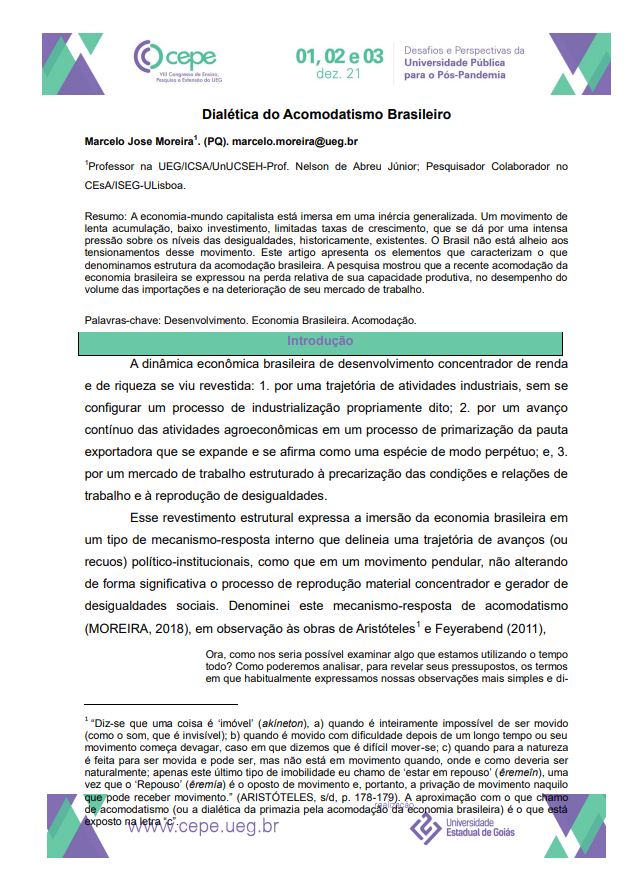
Dialética do Acomodatismo Brasileiro
Abstract:
The capitalist world-economy is immersed in a generalised inertia. A movement of slow accumulation, low investment, limited growth rates, which comes about through intense pressure on the levels of inequalities historically existing. Brazil is not alien to the tensions of this movement. Dialética do acomodatismo Brasileiro presents the elements that characterize what we call the structure of Brazilian accommodation. The research showed that the recent accommodation of the Brazilian economy was expressed in the relative loss of its productive capacity, in the performance of the volume of imports and in the deterioration of its labour market. The Brazilian economic dynamics of income and wealth concentrating development was covered by: 1. a trajectory of industrial activities, without setting up an industrialisation process as such; 2. a continuous advance of agro-economic activities in a process of primarisation of the export roster which expands and asserts itself as a kind of perpetual mode; and 3. a labour market structured towards precarious conditions and labour relations and the reproduction of inequalities. From the accommodationist perspective presented here, the IA-Br showed that the recent accommodation of the Brazilian economy was due to a significant performance of the external sector, to the relative but not significant loss of its productive capacity and to the upsurge of its labour market, which, added to the recent political-institutional alterations, characterise the Brazilian Accommodation Structure.
Quotation:
Moreira, Marcelo José (2021). “Dialética do acomodatismo Brasileiro”. Comunicação apresentada no VIII Congresso de Ensino, Pesquisa e Extensão da Universidade Estadual de Goiás (Cepe|UEG), Universidade Estadual de Goiás, Anápolis
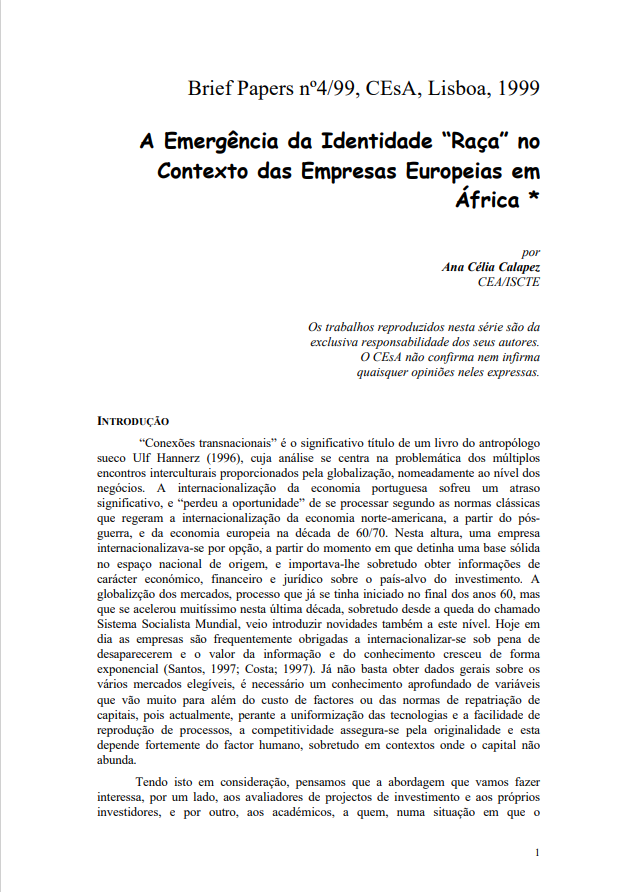
Brief Paper 4/1999: A emergência da identidade “Raça” no contexto das empresas europeias em África
Abstract:
Transnational Connections” is the significant title of a book by the Swedish anthropologist Ulf Hannerz (1996), whose analysis focuses on the problem of the multiple intercultural encounters which globalisation provides, namely at the business level. The internationalisation of the Portuguese economy suffered a significant delay and “missed the opportunity” to follow the classic rules which governed the internationalisation of the North American economy, from the post-war period, and of the European economy in the 60s and 70s. At that time, a company internationalised by choice, as soon as it had a solid base in its home country, and it was mainly important for it to obtain economic, financial and legal information on the target investment country. The globalisation of markets, a process that had already begun at the end of the 1960s, but which has greatly accelerated in the last decade, especially since the fall of the so-called World Socialist System, has also introduced innovations at this level. Nowadays, companies are often obliged to internationalise themselves or risk disappearing and the value of information and knowledge has grown exponentially (Santos, 1997; Costa; 1997). It is no longer enough to obtain general data on the various eligible markets, it is necessary to have in-depth knowledge of variables that go far beyond the cost of factors or the rules of repatriation of capital, because today, in the face of the standardisation of technologies and the ease of reproduction of processes, competitiveness is ensured by originality and this depends heavily on the human factor, especially in contexts where capital is not abundant. A emergência da identidade “Raça” no contexto das empresas europeias em África (The emergence of the “Race” identity in the context of European companies in Africa) was prepared for a paper on race at the CEsA 1999 Seminar: The problematic of development – history and current contributions from a transdisciplinary perspective, Conference on Strategic Identities for Development in Sub-Saharan Africa: gender and race, 23rd June 1999.
Quotation:
Calapez, Ana Célia. 1999. “A emergência da identidade “Raça” no contexto das empresas europeias em África”. Instituto Superior de Economia e Gestão – CEsA Brief papers nº 4-1999


